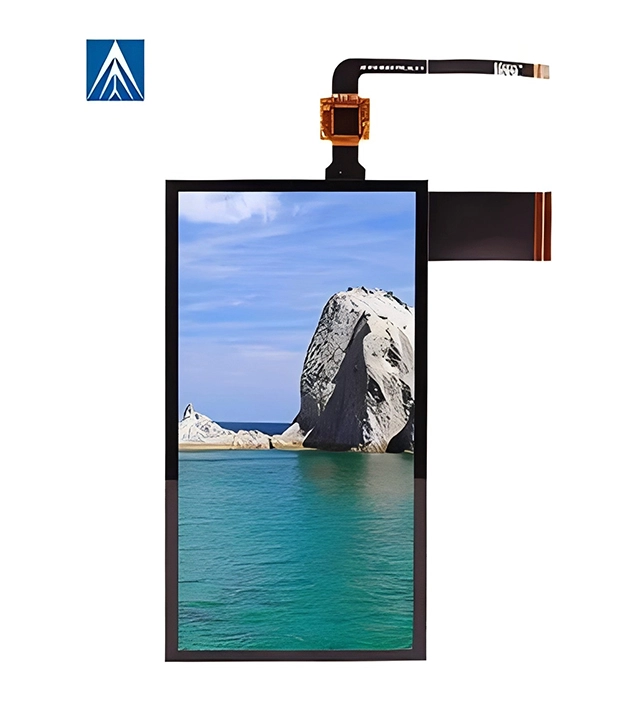Full Lamination Display is a screen technology that enhances the display and touch experience of a screen by fitting touch layers, display panels, and other optical layers (such as polarizers, cover glass, etc.) together in a seamless manner. Here are its core features and applications:

Key features:
1. Reduce reflection and improve transparency
There is an air gap between the layers of a traditional screen, which causes light to refract and reflect, affecting viewability. Optical bonding technology eliminates layers of air, making the display clearer, especially in bright light.
2. More sensitive touch
The touch layer fits snugly to the display panel, reducing touch latency and making operation easier.
3. Thinner design
By eliminating the air layer, the overall thickness of the screen is reduced, which contributes to the thinness of the device.
4. Dustproof and moisture-proof
There is no gap between the layers, and dust or water vapor is not easy to enter, prolonging the life of the screen.
5. High contrast and color performance
Light reflection is reduced, blacks are purer, and colors are more vivid (e.g., OLED full lamination screen effect is better).
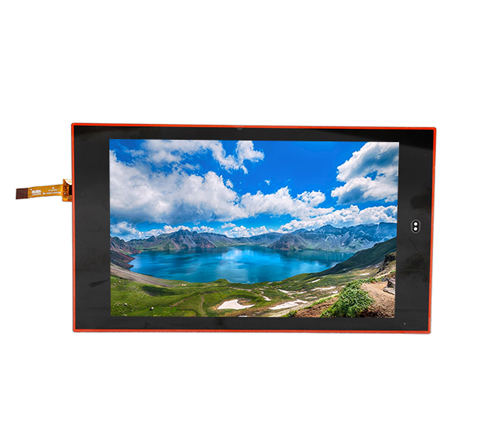
Common application scenarios:
Smartphones/tablets: Generally used in high-end models (e.g., "fully bonded Retina screens" for iPhones and iPads).
In-vehicle display: Reduces glare in sunlight and improves driving safety.
Industrial equipment: dust and moisture resistant in harsh environments.
High-end monitors/TVs: Some products use optical bonding to reduce screen reflections.
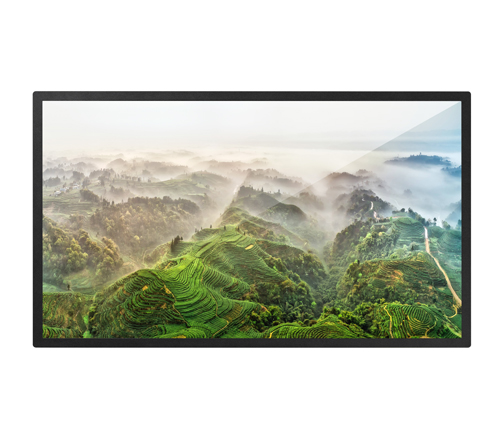
Contrast non-hoksen-bonded screens
Features Optically bonded screens Non-hokclad screens
Reflective, low, noticeable (with air layer reflection)
Touch response sensitivity There may be a delay
Thickness: Thinner and thicker
Cost Higher Lower (common in low-end devices)
Difficulty of maintenance Difficult (need to be replaced as a whole) Easy (touch layer can be replaced separately)
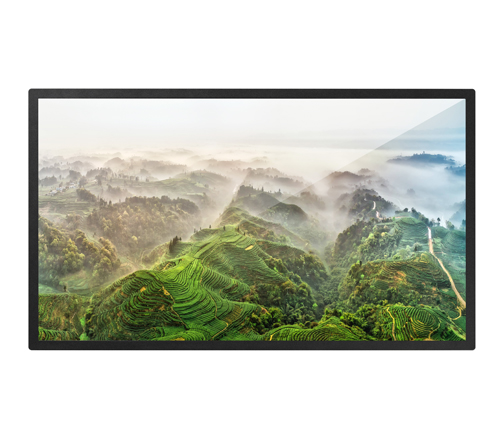
type of technology;
The optical lamination process includes:
OCA (Optical Glue Lamination): Bonded with optical glue, with high light transmittance, it is often used in mobile phones.
OCR (Liquid Optical Glue Lamination): Fluid glue filling, suitable for curved screens.
On-Cell/In-Cell: Integrates a touch layer into the display panel (e.g., iPhone's In-Cell technology) to further reduce thickness.
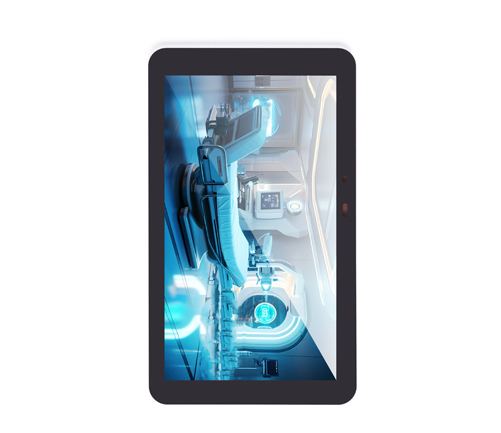
Advantages and disadvantages;
Advantages: good display effect, excellent touch control, high durability.
Disadvantages: high cost, the entire module needs to be replaced during maintenance.
Bottom line: Full Lamination Display is one of the hallmarks of high-end electronic devices by eliminating gaps between screen layers and dramatically enhancing the visual and touch experience.

